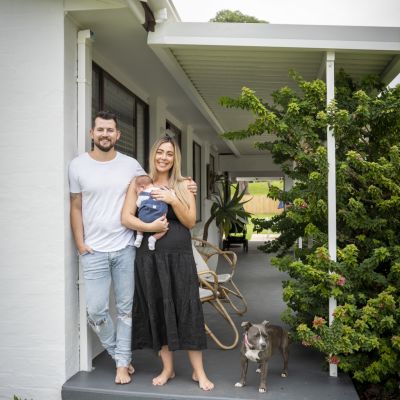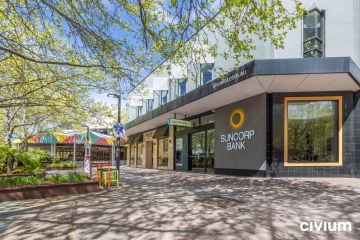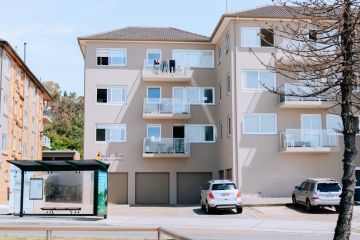City slickers encouraged to go regional in new campaign, despite housing affordability concerns
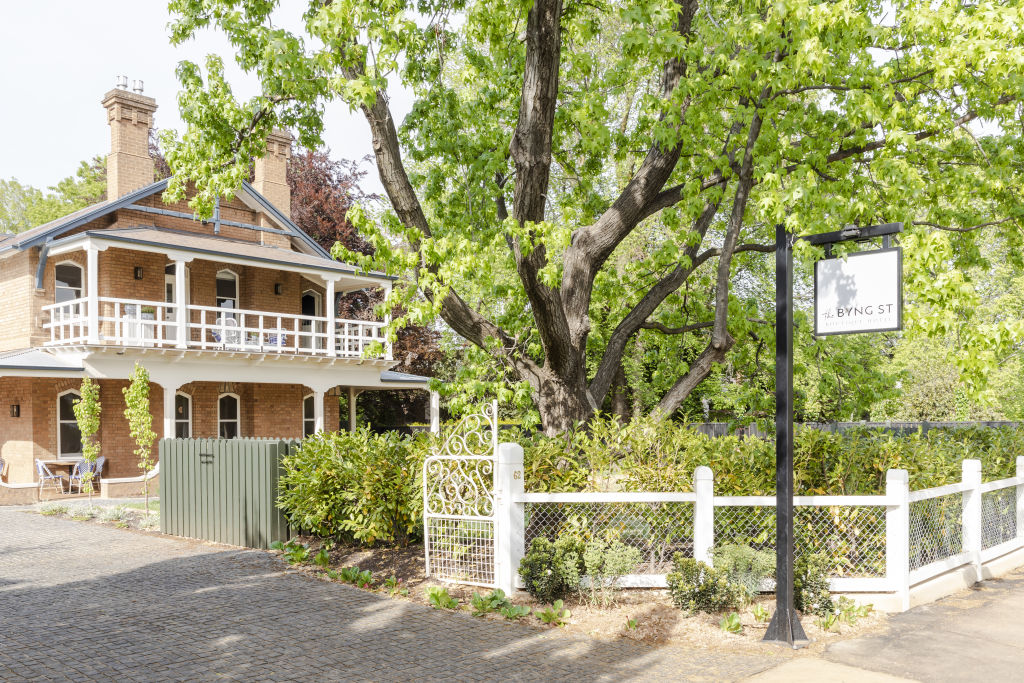
Finding an affordable home has become tough in parts of regional Australia and could become tougher still, with a new campaign launched to encourage city slickers to move to the regions.
Regional hubs big and small will be promoted by a new $4.6 million campaign by think tank the Regional Australia Institute (RAI), backed by the federal government, which is set to target the one in five city dwellers who are thinking about moving to a regional area.
But it comes as locals are already being squeezed out of some of the nation’s most popular regional hubs, with strong demand from sea and tree changers fuelling competition and pushing prices up — with many regional markets now outpacing their capital city counterparts for property price growth.
Domain senior research analyst Nicola Powell said the rise of remote working during the coronavirus pandemic had promoted more Australians to look at leaving the big cities behind, accelerating the shift away from the capital cities that was previously driven by housing affordability issues.
Increased demand from sea and tree changers, and those looking to buy holiday homes, had led to some incredibly tight rental and sales markets across regional Australia and driven up prices, she said.
“Locals are being priced out of some of these regional markets because house prices and rents have seen such strong gains in recent times, this is only going to put additional pressure on that,” Dr Powell said.
In Byron Bay, listed as one of NSW’s 11 “most searched” regions on the Move to More campaign website, the median house price rose a whopping 37 per cent last year, Domain figures show.
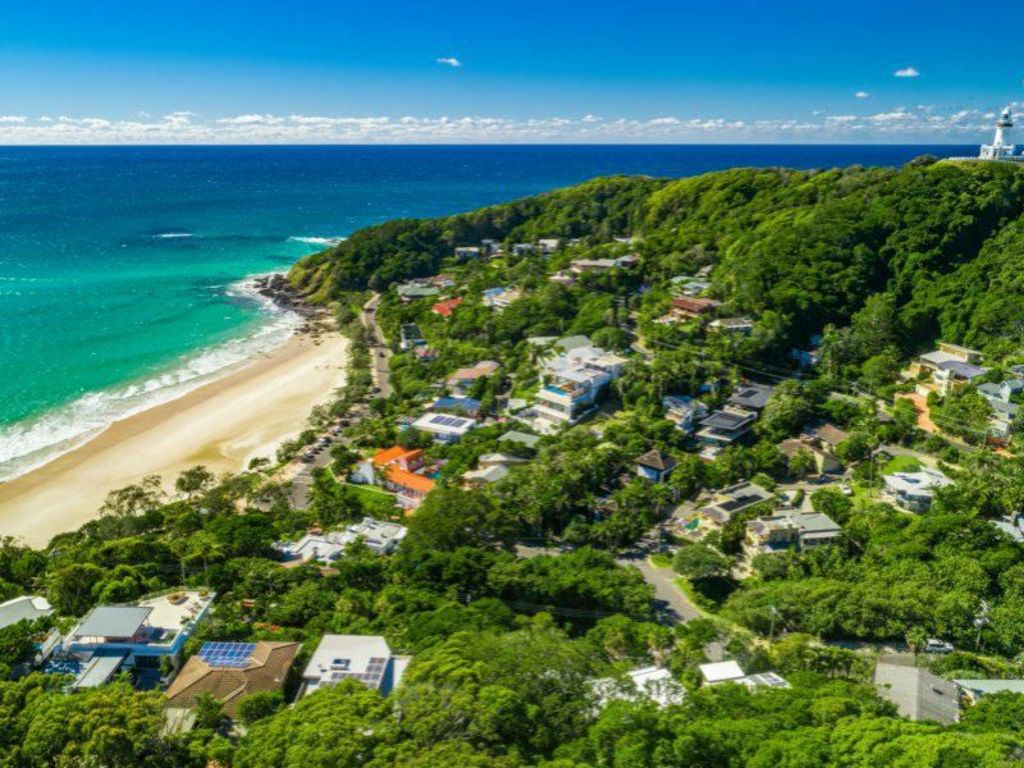
Six of these regions had median house prices jump by more than 10 per cent last year, while eight of them had rental vacancy rates of less than 1 per cent last month, according to SQM Research figures.
Of Victoria’s nine most searched regions — which included Bendigo, Lorne and Port Fairy — six had a vacancy rate of 1.5 per cent or lower.
Of the five areas which had enough sales to record a median house price, three areas — Bendigo, Bright and Lorne — had double-digit percentage growth over the year.

“Some of these regional markets are extraordinarily tight in terms of rental supply,” Dr Powell said.
“[If this increased demand] is not being offset by increased development. It’s just going to make that situation even harder,” she said.
With no shortage of people already looking to move to some locations, she said the campaign should focus on promoting areas with good employment opportunities, rather than popular lifestyle locations already seeing strong demand.
The campaign, which will target those living in Sydney, Brisbane, Melbourne and Perth, already features more than 1670 regional towns across Australia on the Move to More website, almost 90 per cent of which have a population of 5000 people or fewer.
When launching the campaign on Wednesday, Deputy Prime Minister Michael McCormack said the RAI had identified 54,000 job vacancies across a range of industries, and noted city dwellers could “live like a king or queen in regional Australia” with housing costing a fraction of the price that it did in Sydney or Melbourne.
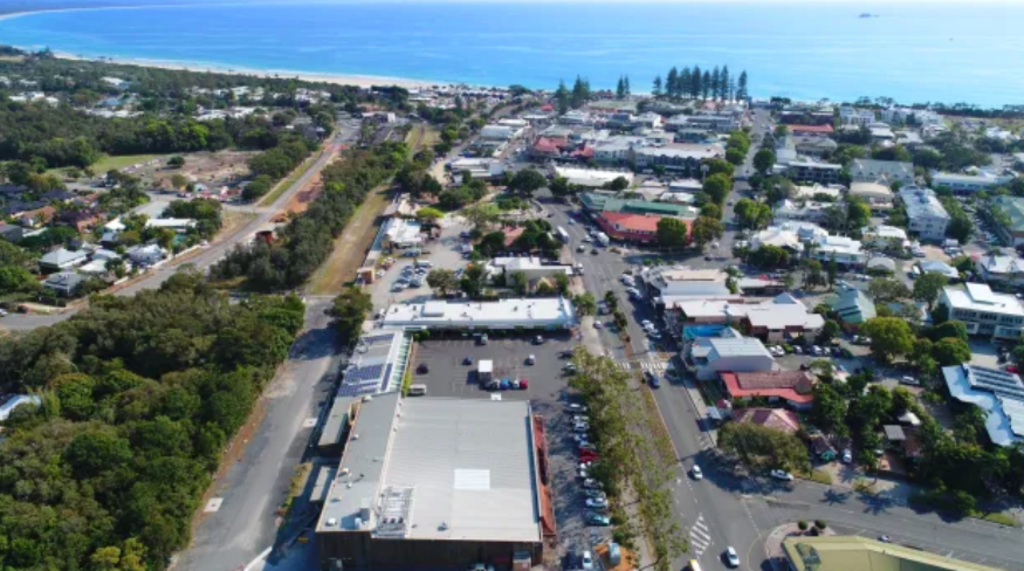
But increased demand from tree and sea changers could create a regional backlash against city slickers as property prices rose, said Simon Kuestenmacher, co-founder and director of research at The Demographics Group.
“You have people with city incomes moving to places where the majority of people have regional incomes. In a sense, city dwellers are driving up house prices and that can easily create some sort of resentment out of this and that’s what we need to avoid,” he said.
Mr Kuestenmacher said the campaign was in keeping with the long-established goal of encouraging stronger population growth around the country, with 80 per cent of growth seen in the nation’s five biggest cities pre-COVID.
“That is not desirable, it’s much better if we spread the load a bit more evenly across towns,” he said. “[But] the growth needs to managed and infrastructure needs to be managed at the same pace of population growth.”
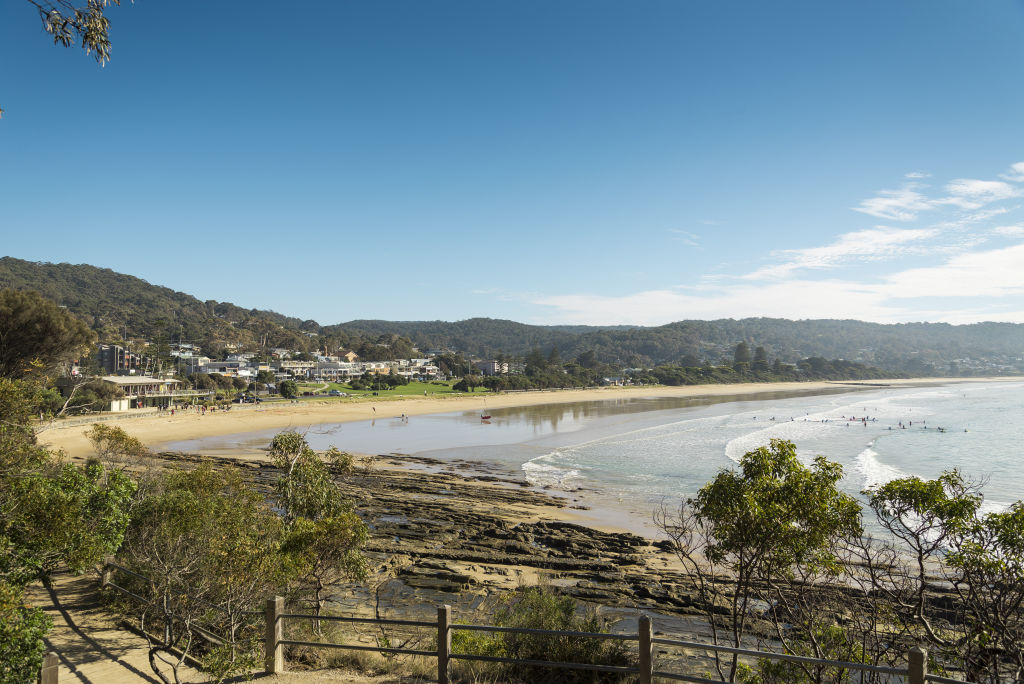
He noted an influx of new arrivals in some locations had created a shortage of housing supply, but that this would adjust over time as more homes were built to meet demand.
With regions within commuting distance of the capital cities already seeing strong growth, Mr Kuestenmacher said he would focus such a campaign on sizeable centres that were farther afield, such as Port Macquarie in NSW, Portland in Victoria and Warwick in Queensland.
He said the focus should be on locations with good job opportunities, and any encouragement for people to go bush should be limited to sizeable towns with more than several hundred people.
He noted regional areas would have seen a spike in interest from city slickers regardless of the coronavirus pandemic, as more millennials looked to leave city living behind to be able to afford family homes.
RAI chief executive Liz Ritchie said the campaign would help people find the right town for them by allowing them to filter regions by factors such as housing, employment, transport, schools, health and entertainment options.
Concerns of housing affordability were also on the RAI’s radar, she said.
“While this is a national campaign, Regional Australia isn’t a homogenous place, and every towns has its own story – challenges and opportunities. At the RAI, we are working with regional communities and are aware of the housing challenges.
“Housing, in the wake of COVID-19, will be a core part of RAI’s 2021 research program to ascertain reliable evidence of changes in the regions.”
We recommend
We thought you might like
States
Capital Cities
Capital Cities - Rentals
Popular Areas
Allhomes
More
